As we look ahead to 2025, the retail world is set for a huge transformation. The way we shop, the way stores are designed, and the way commercial spaces are used are all evolving rapidly. New technologies, shifting consumer habits, and growing sustainability concerns are all driving this change. These disruptive trends are not just impacting retail spaces but also reshaping the entire commercial real estate landscape. Let’s dive into the key trends that will define retail spaces in the coming years.
1. Disruptive Trends in Retail Spaces
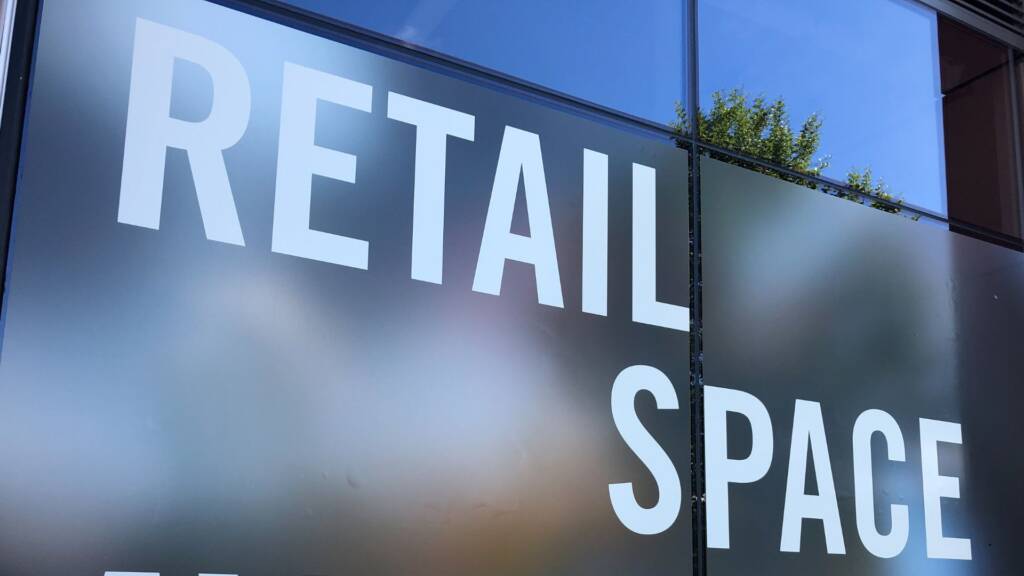
Retail spaces are no longer just about showcasing products—they’re becoming hubs for experiences. With advances in technology and changing consumer preferences, retail innovation is taking center stage. By 2025, we’ll see stores focus more on creating engaging, memorable experiences for customers, rather than just pushing products. Expect more interactive displays, personalized service, and spaces designed for experiences that blend the physical and digital worlds.
2. E-Commerce Impact on Physical Retail
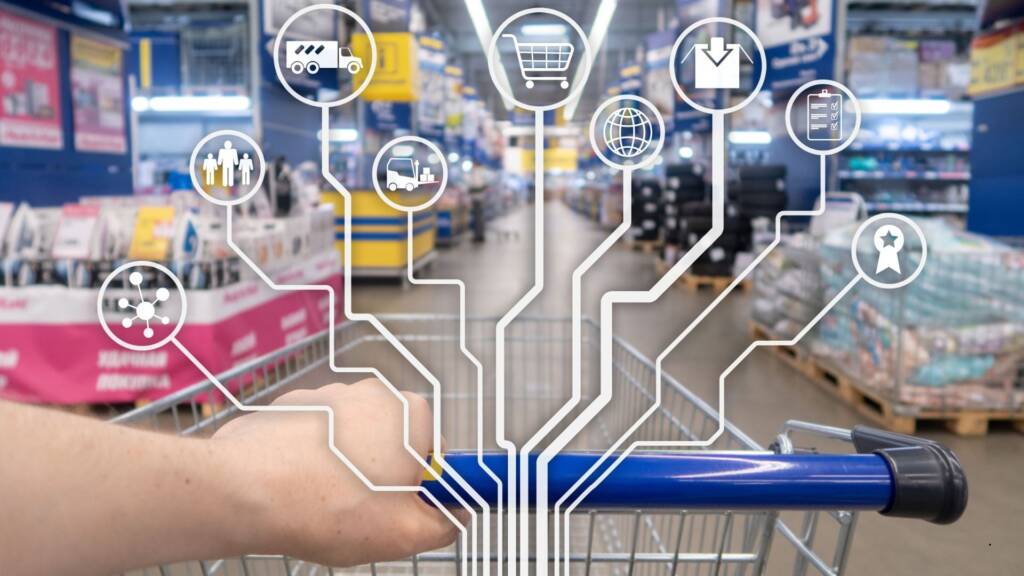
E-commerce has already had a major impact on traditional retail, and this trend will continue to evolve. However, physical stores are adapting to this change by offering something that online shopping can’t: unique, in-person experiences. In 2025, we’ll see retail spaces focusing on creating experiences that engage customers in ways that are impossible to replicate on a screen. Stores will also become places where customers can seamlessly interact with e-commerce—ordering online, picking up in-store, or having items delivered directly to them.
3. Smart Commercial Spaces
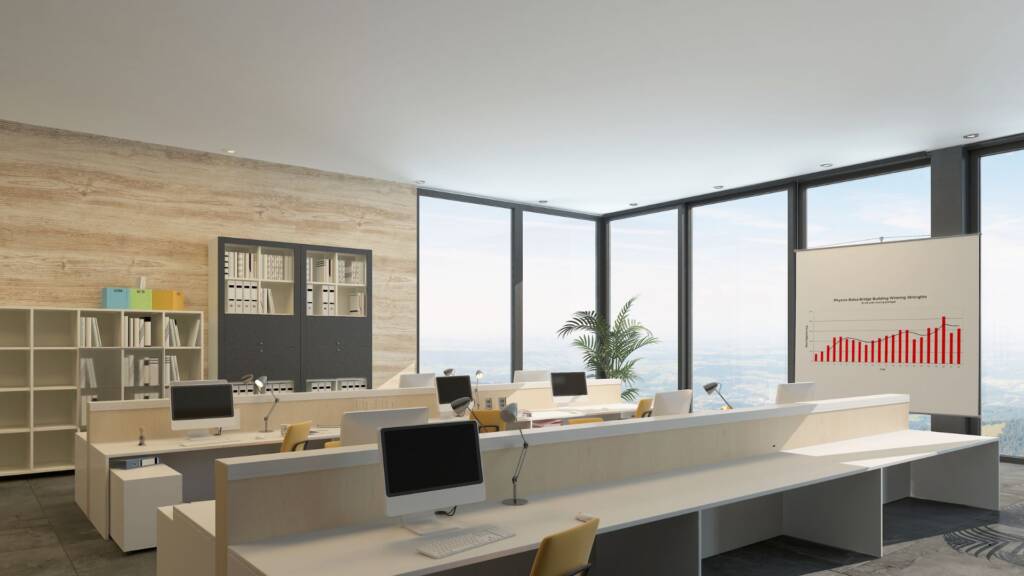
The rise of technology is transforming commercial spaces, making them smarter and more efficient. Imagine walking into a store that knows exactly what you’re looking for, or a commercial office space that adjusts its lighting and temperature based on your preferences. In 2025, smart commercial spaces will use artificial intelligence (AI), the Internet of Things (IoT), and automation to enhance everything from customer service to energy efficiency. These innovations will help businesses provide more personalized experiences while cutting costs and improving sustainability.
4. Omnichannel Retail: Merging Digital and Physical
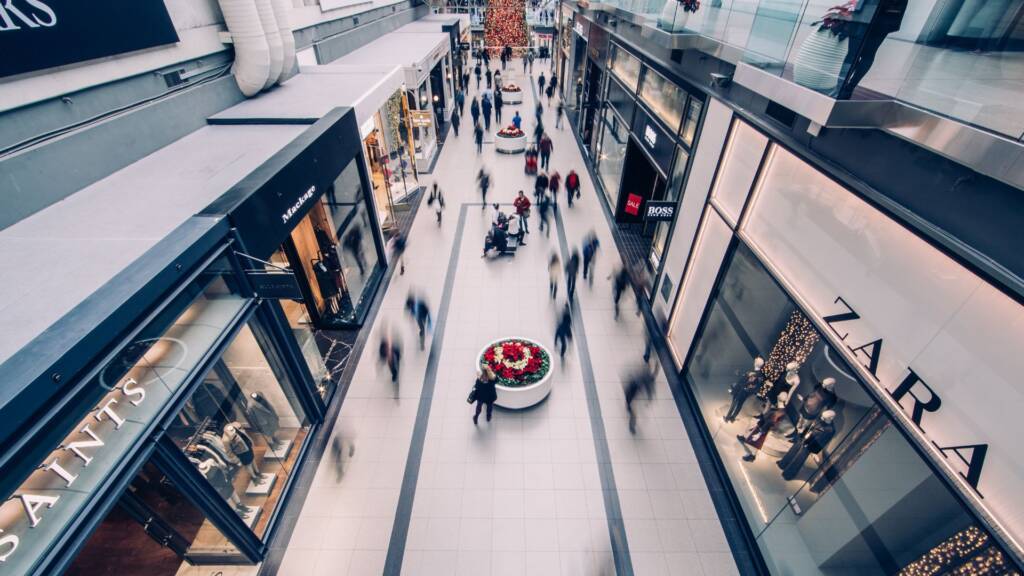
One of the most significant changes we’ll see is the rise of omnichannel retail—where the line between online and in-store shopping blurs. By 2025, shoppers will expect to browse online, pick up in-store, or have their purchases delivered, all with a seamless experience. Retail spaces will evolve to support this, with features like in-store pickup areas, integrated online ordering systems, and real-time customer service. This shift will provide customers with more flexibility, making shopping more convenient and personalized.
5. Redesigning Retail Layouts
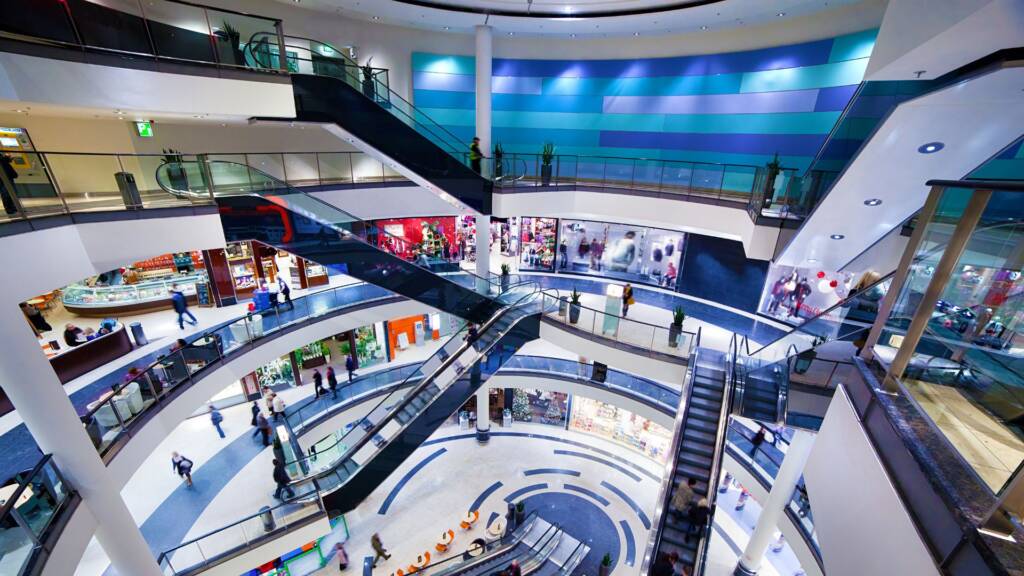
The layout and design of retail spaces are also undergoing a major transformation. As shoppers seek more engaging, interactive experiences, stores will be redesigned to prioritize customer engagement. The focus will shift from traditional shelves to areas where customers can interact with products, attend live events, or even participate in brand experiences. Retailers will create spaces that feel less like stores and more like destinations, where customers can enjoy a deeper, more immersive shopping journey.
6. Sustainability in Retail: A Rising Priority

Consumers are increasingly concerned about the environment, and this is pushing retailers to adopt more sustainable practices. In 2025, sustainability will be a top priority for retail spaces. From using eco-friendly materials in store design to reducing energy consumption with smart building technologies, retailers will go green in a big way. Expect to see more energy-efficient stores, sustainable packaging, and environmentally conscious brands that appeal to customers who prioritize sustainability.
Conclusion
The future of retail spaces in 2025 is all about innovation, adaptability, and sustainability. As e-commerce continues to shape the way we shop, physical retail spaces will evolve to provide unique experiences that blend digital and in-store shopping. With smart technologies, sustainability efforts, and flexible commercial spaces, the retail industry is preparing for a bold, exciting future. For businesses and property developers alike, staying ahead of these trends will be crucial to success in the ever-changing retail and commercial real estate market.

